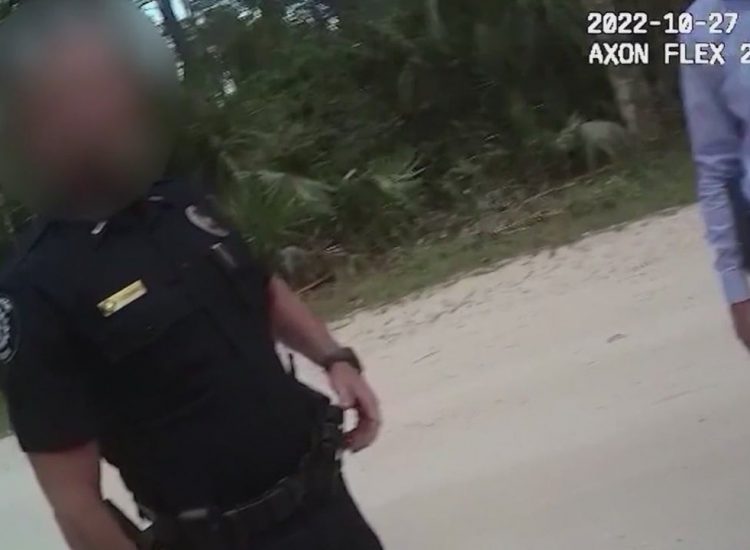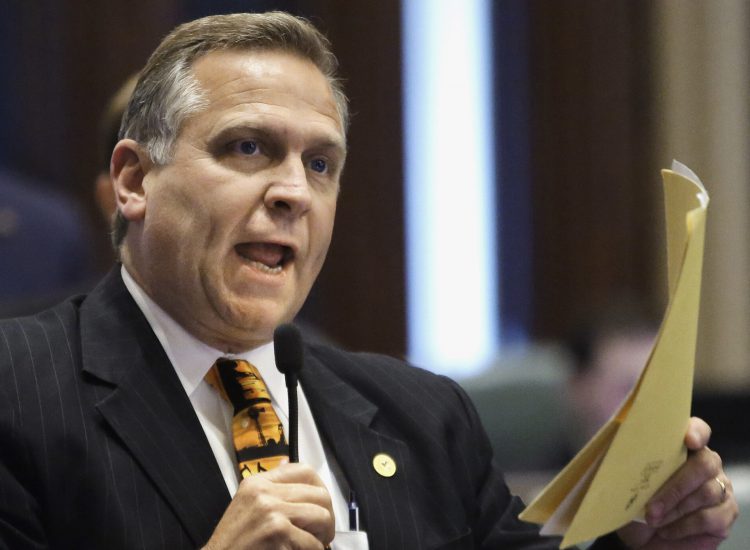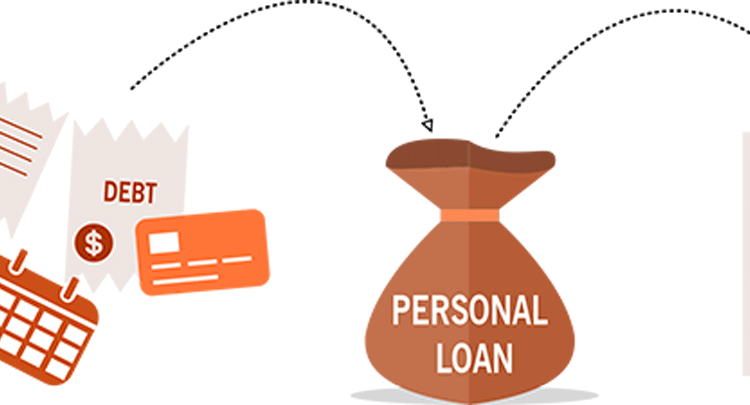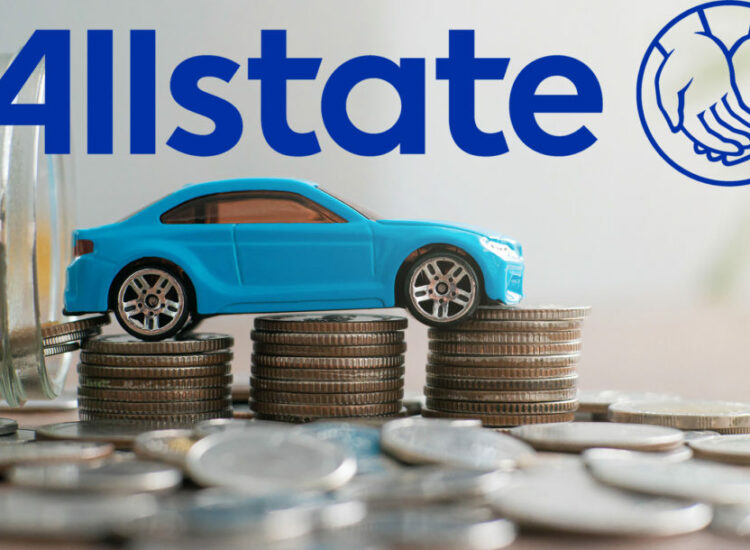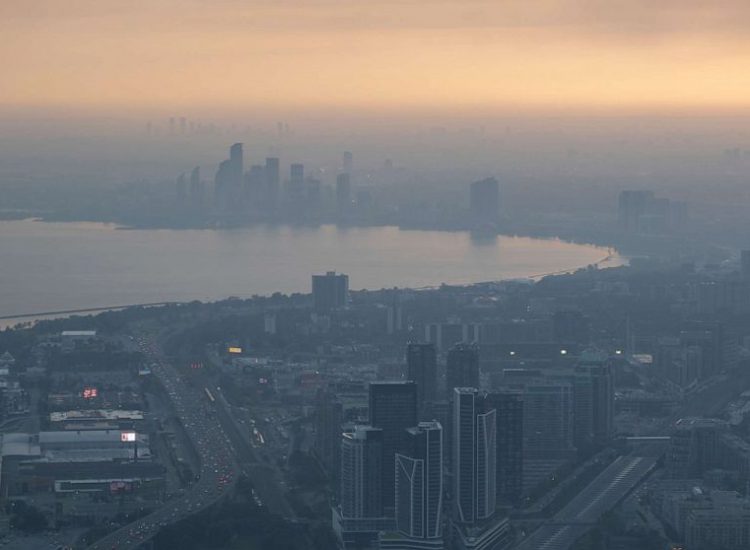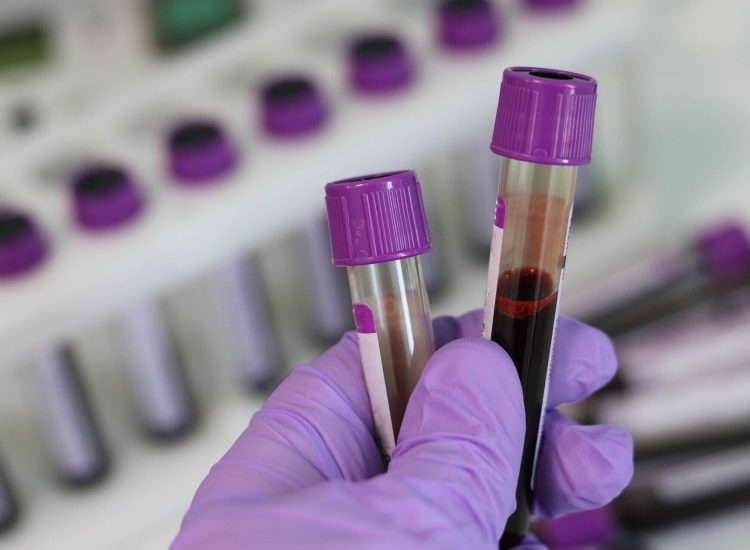Childhood bodily remedy is getting a inventive revamp, because of a gaggle of scholars on the Savannah School of Artwork and Design (SCAD).
TheraVR, a digital actuality program that gamifies bodily remedy for youngsters with neuromuscular ailments, was born inside a Savannah classroom with famend professor and creator Teri Yarbrow. Immersive Actuality college students have been searching for a approach to assist kids who battle with steadiness, energy, and endurance however aren’t motivated by the “sterile” setting discovered at many bodily remedy facilities.
As an alternative of simply doing repetitive actions whereas observing a wall, kids could be transported to a river to kayak or a mountain to ski whereas they work on their high quality motor abilities. Khushi Bhatt, Andrea Castro Yanes, Yash Patel, and Phoenix Hunt are the scholars behind TheraVR.
“[Physical therapy for children] is kind of frankly boring and never cognitively stimulating,” latest graduate Khushi Bhatt informed Hypepotamus. “They already really feel like they’re falling behind their friends, they’ve an aversion to going to remedy day-after-day, and that really makes them regress. They don’t preserve muscular elasticity or energy. And that’s the issue we needed to deal with.”
Get To Know TheraVR
The scholars labored with docs, bodily therapists, and occupational therapists to develop a enjoyable and motivational VR recreation with three distinct ranges that emulates the completely different targets of bodily remedy classes. The primary degree is a steadiness problem the place youngsters placed on the VR headset and ski down a mountain. The second degree is a kayaking journey that works on energy and endurance, whereas the third degree is a respiratory train.
“The actions within the recreation are quite simple, however they translate to workout routines in actual life. The aim is to assist kids construct up key motor abilities,” added Bhatt. “We’re actually attempting to present independence to those kids by creating dynamic and iterated actions that forge new neural pathways and preserve those that they’ve created. We actually needed to focus on therapeutic the thoughts, encouraging curiosity and marvel and pleasure that encourages the physique to observe.”
The VR recreation additionally permits kids to take bodily remedy classes outdoors of the 4 partitions of their physician’s workplace.
Andrea Castro, additionally a latest graduate who labored on the challenge, stated essentially the most troublesome half was not solely translating bodily remedy actions into VR, but in addition ensuring these actions work with the story and journey they needed customers to undergo whereas enjoying the sport.
“We needed to make storytelling into one thing useful and consumer pleasant,” she informed Hypepotamus. “We needed to attach with nature, we needed to provide [the children] an expertise that perhaps they haven’t had the chance to do earlier than.”
It was additionally an excellent lesson in accessibility and inclusivity inside VR, as Bhatt added that “we needed to study to hearken to the viewers and design primarily based on their wants. That was a actuality verify for us. It’s not nearly us as designers and creators and simply being making these cool wanting graphics. Fairly, it’s actually about whom we’re making it for.”
Healthcare Meets VR
TheraVR is being constructed at a time when extra focus is on the intersection of healthcare and VR. The FDA (Meals & Drug Administration) not too long ago created a brand new designation for medical prolonged actuality tasks, paving the way in which for brand new authorised applied sciences that may assist sufferers.
The American Medical Prolonged Actuality Affiliation additionally launched not too long ago to assist develop new VR-related improvements inside healthcare settings.
Now, this isn’t the primary medical-related VR challenge that has come out of SCAD. Yarbrow and her college students beforehand developed VR tasks for individuals going by hospice and palliative care. The tasks haven’t solely helped sufferers tick off gadgets from their bucket record (like taking a sizzling air balloon journey), however has helped with ache administration.
SCAD’s VR For Good initiative has been on campus for a number of years, and Yarbrow stated the intersection of medication and VR is commonly a “lightbulb second” for her immersive actuality college students seeking to design experiences that give again and assist others.
For Yarbrow, what the scholars behind TheraVR developed is “lightyears forward” of different medical VR work as a result of it’s as stunning as it’s sensible.
“I’m thrilled that our college students have taken up this problem. Not solely can they make unbelievable wanting experiences, however now they will make experiences that may actually change any individual’s life,” Yarbrow informed Hypepotamus.
Now, the group behind TheraVR is wanting into the IRB certification course of as a way to deliver their experiences to extra kids.
